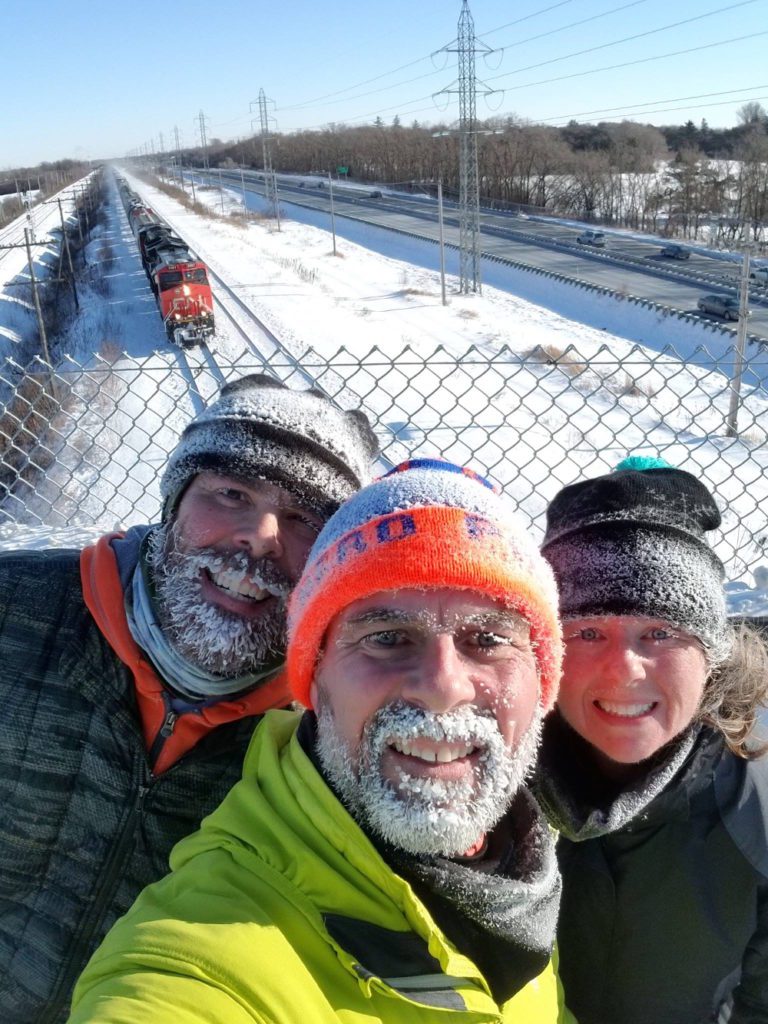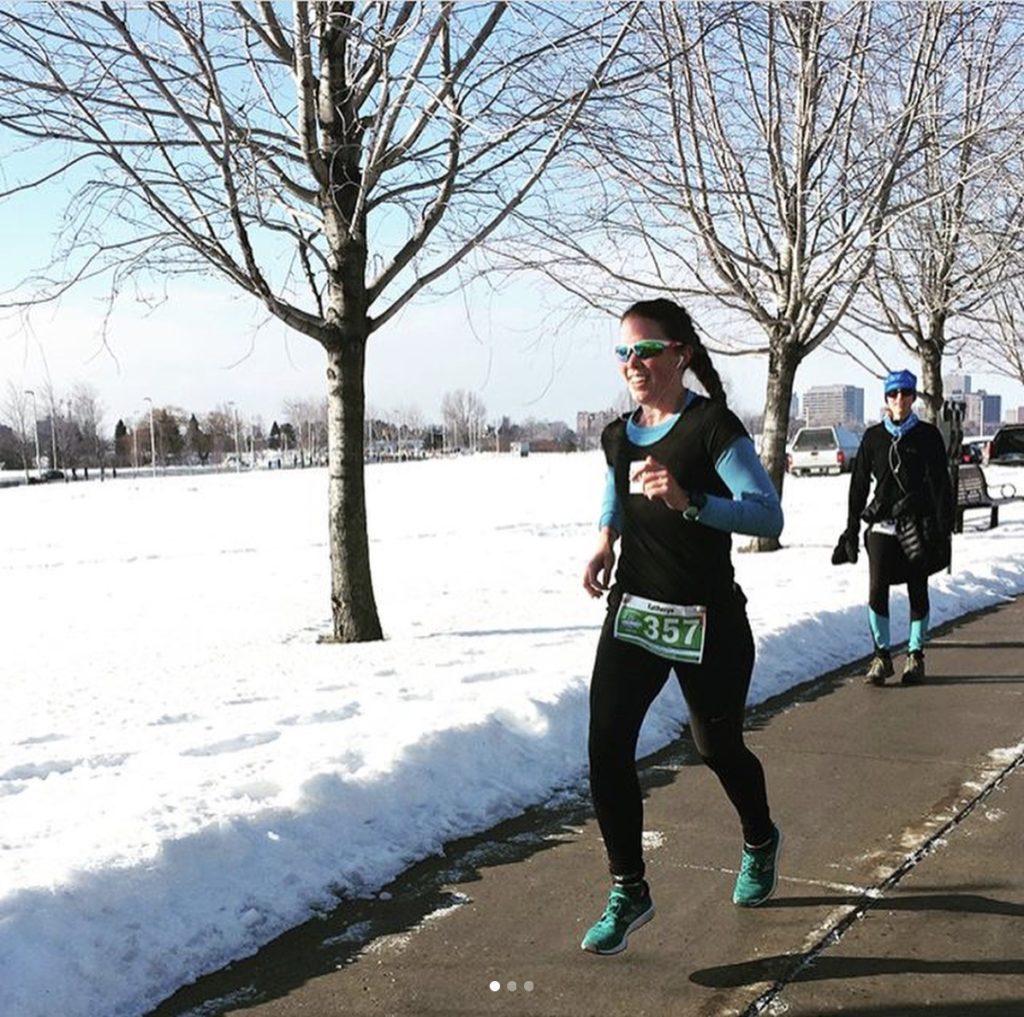Progression runs: the tempo alternative
The progression run, in which you gradually work your way up to tempo pace or effort, is a great variation on the straight-up tempo run

Ask any coach what the most important part of marathon training is, and many of them will say the tempo run–a period of faster running (not exceeding half-marathon pace) between a long warmup and cool-down. But particularly in winter conditions, where suddenly increasing from warmup pace to tempo pace may be hampered by snow and ice, a progression run can be a great alternative.
RELATED: Tempo running explained

First, let’s get one thing clear: tempo and progression runs are not to be confused with speedwork, which trains the anaerobic system rather than the aerobic system (and which is also important for lowering your PB, if that’s your goal).
Lucia Mahoney, a certified holistic nutritionist and coach of the Toronto Harriers, likes progression runs for several reasons: “They not only promote stamina but also encourage patience, discipline and pacing,” says Mahoney. “They are also particularly effective in teaching someone how to negative split [i.e. to run the second half of a marathon faster than the first half]… Distance races are never won with a blazing first kilometre.”

Some other reasons Mahoney recommends incorporating progression runs into your marathon buildup:
- Progression runs provide quality race-pace running efforts with a lower risk of injury or fatigue because the effort is controlled.
- You’re never red-lining or running all out paces as you might in an interval workout, so recovery from this kind of workout is fairly quick.
- Progression runs also build strength, as they teach you to run on increasingly fatigued legs.

The idea is to start with an easy warmup and then gradually to increase the pace. “The effort should stay relaxed, and the emphasis should be on perceived effort as opposed to hitting specific paces,” says Mahoney. Relatively inexperienced runners should not go too much faster than their marathon pace at the top end, while experienced marathoners could work up to their half-marathon pace.
Progression workouts
- Run an out-and-back course of at least 8K. Run out at your easy aerobic pace, then gradually pick it up on the back half so you are running 20-30 seconds per kilometre faster.
- Progression Long Run (ideal for marathoners and half-marathoners): run the final third of your long run at your goal race pace or slightly faster. You don’t ever have to run faster than tempo pace (marathon pace for beginners, or slightly faster than half-marathon pace for seasoned marathoners).
- Steady-Paced Progression Run: recommended for more experienced distance racers. This is a midweek run done at least two days out from an interval workout or long run. It can be anywhere from 45 to 75 minutes long, with the first half run at approximately marathon pace, the next 25 per cent about 10 seconds per kilometre faster than marathon pace, and the final 25 per cent at half-marathon pace.

As with tempo runs, “the distances and paces reached depend on your marathon goals,” Mahoney says. “The more you can get comfortable running your goal race pace on tired legs, the stronger and more confident you will feel on race day,” and progression runs are a great way to get that practice in.



